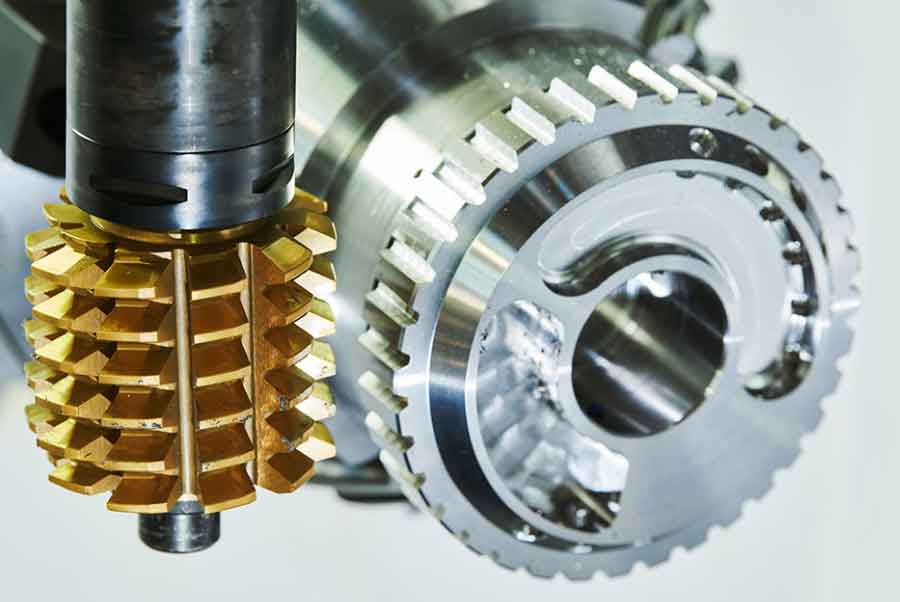
Gear hobbing is a widely used precision manufacturing process for creating gears with high accuracy and efficiency. It is a form of gear cutting, where a special tool called a hob is used to produce gears with the desired tooth profile. Gear hobbing is considered an art because it requires skilled craftsmanship, expertise in gear design, and precise control over the manufacturing process. Here’s an overview of the gear hobbing process and its significance in gear manufacturing:
Gear Hobbing Process:
- Gear Design and Setup: The gear hobbing process begins with the design of the gear profile, which includes the number of teeth, pitch, pressure angle, and other geometrical features. Once the gear design is finalized, the workpiece (gear blank) is mounted on a gear hobbing machine.
- Hob Selection: The hob is a cylindrical cutting tool with helical teeth that match the desired gear profile. The hob is selected based on the gear specifications, such as the module, pitch, and number of teeth.
- Hobbing Operation: During the gear hobbing process, the hob and the gear blank rotate at specific speeds and ratios. The hob is fed into the gear blank, gradually cutting the gear teeth into the workpiece. The relative motion between the hob and the gear blank creates the gear tooth profile.
- Continuous Cutting: Gear hobbing is a continuous cutting process, meaning that multiple gear teeth are cut in a single rotation of the workpiece. This results in high productivity and efficiency.
- Finishing and Deburring: After the hobbing process, the gear may undergo additional finishing operations to ensure the accuracy and quality of the gear teeth. Deburring is done to remove any burrs or sharp edges that might have been formed during the cutting process.
Significance of Gear Hobbing:
- Precision and Accuracy: Gear hobbing allows for the production of gears with precise tooth profiles and accurate dimensions. The process ensures consistent gear quality, which is crucial for smooth and reliable gear operation.
- High Productivity: Gear hobbing is a fast and efficient manufacturing process. It allows for the rapid production of multiple gears with minimal setup time.
- Versatility: Gear hobbing can be used to produce various types of gears, such as spur gears, helical gears, worm gears, and splines.
- Cost-Effectiveness: Despite the initial investment in gear hobbing machines and hobs, the process is cost-effective for mass production due to its high productivity and accuracy.
- Quality Control: Gear hobbing allows for better control over the manufacturing process, ensuring consistent and repeatable gear quality.
- Skilled Craftsmanship: While gear hobbing machines and tools are essential, skilled operators play a crucial role in setting up and operating the machines to achieve optimal gear quality.
Overall, gear hobbing is a precision art in gear manufacturing, combining engineering knowledge, machine capability, and skilled craftsmanship to create gears with high precision, reliability, and performance. The process remains a fundamental method for producing a wide range of gears used in various industries, from automotive and aerospace to robotics and industrial machinery.
